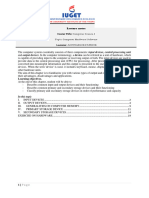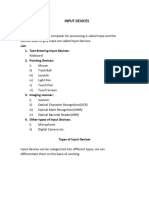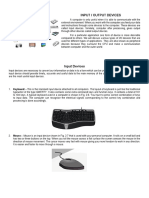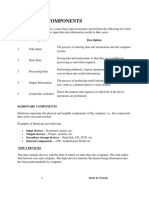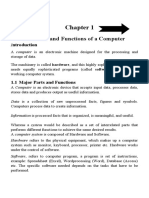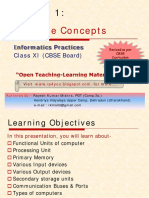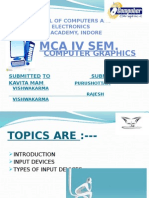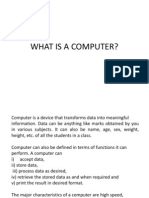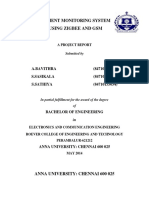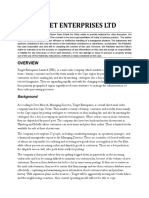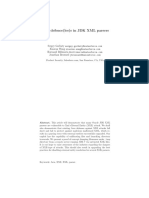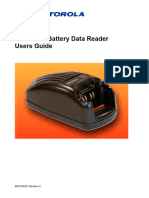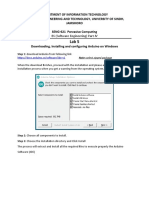0% found this document useful (0 votes)
30 views16 pagesComputer Hardware
A computer is an electronic device that collects, processes data, and produces output. Key characteristics include speed, accuracy, efficiency, versatility, and the ability to store and retrieve data. The document details the components of a computer system, including hardware, software, and various input/output devices, as well as types of storage and their functionalities.
Uploaded by
julanaeditsCopyright
© © All Rights Reserved
We take content rights seriously. If you suspect this is your content, claim it here.
Available Formats
Download as PDF, TXT or read online on Scribd
0% found this document useful (0 votes)
30 views16 pagesComputer Hardware
A computer is an electronic device that collects, processes data, and produces output. Key characteristics include speed, accuracy, efficiency, versatility, and the ability to store and retrieve data. The document details the components of a computer system, including hardware, software, and various input/output devices, as well as types of storage and their functionalities.
Uploaded by
julanaeditsCopyright
© © All Rights Reserved
We take content rights seriously. If you suspect this is your content, claim it here.
Available Formats
Download as PDF, TXT or read online on Scribd
/ 16












